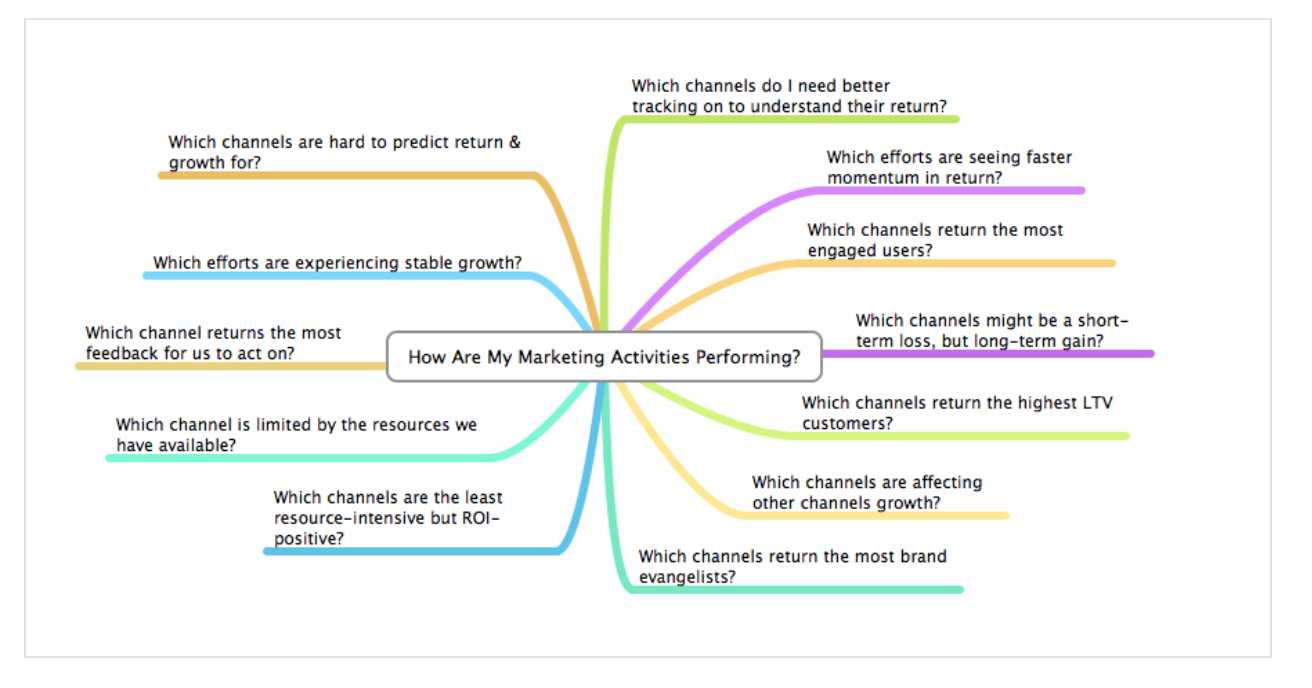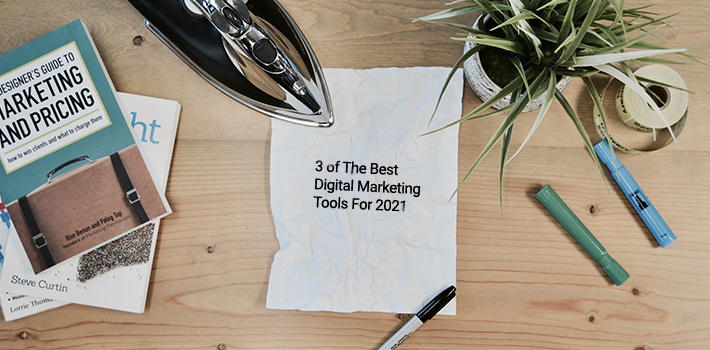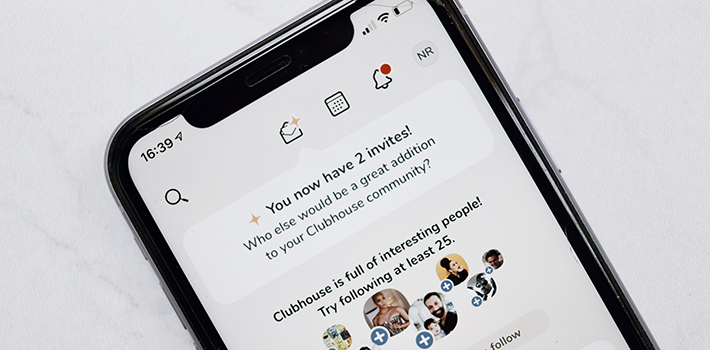Have you ever been swiping through a dating app, only to find yourself on your 9th swipe right, with not a single match on sight?
Well, my friend, perhaps your Hinge or Tinder profile (or whatever else it is the kids are using these days) could benefit from some analytics.
It could be that your photos are too grainy. Perhaps your bio is too long and boring. Or maybe you’ve uploaded one too many weird pictures of your pet lizard.
If you could just see which photos swipers are zooming into, or how long they’re spending on your bio before casting you off to the dreaded left, you could diagnose what’s wrong with your profile.
Then, according to what you find, you could engineer an immaculately swipe-right-friendly profile that achieves just the right aesthetic to rack in all the matches your heart desires.
And that’s what analytics do for businesses every day.
The Importance of Analytics in Marketing
Back in the ye olde marketing days, the best way to find out if your campaigns were a hit was to bring in a focus group and pick its brains for feedback.
Either that or you had to lie in wait for your sales reports to give you an extremely general indication as to whether or not whatever you did worked.
Nineteenth-century Philadelphia retailer John Wanamaker supposedly said:
“Half the money I spend on advertising is wasted; the trouble is I don’t know which half.”
And that’s why marketing analytics are the best damn thing to happen to marketers since sliced bread.
They tell you which half.
So What’s the Problem?
Well, in theory, there shouldn’t be one.
Analytics are a direct look inside the minds of your target audience. They tell you what you’re doing right, what you’re doing wrong, and what others are doing better than you. In other words, they’re a freaking gold mine.
So why aren’t all businesses planning their development strategy around their analytics?.
Well, they are. Sort of.
Brands do a lot to collect data from their customers across every channel they occupy. Whether its web analytics, social media, customer surveys, or polls… the statistics are endless.
But it’s what you do with the data that counts.
According to Forrester, on average, between 60% and 73% of all data within an enterprise goes unused.
Mind-blowing, considering that data is the only concrete, comprehensive, and targeted way to quantify your successes and failures in an otherwise highly subjective industry.
I mean, think about it: how are you supposed to fix a problem that you don’t even know exists? And how are you supposed to focus your time and effort into the things that your customers want and will respond to if you don’t know what they are?
If you were to similarly ignore or underuse analytics when it comes to your personal dating profile, you’d be uploading grainy-ass lizard pictures till you were blue in the face, forever wondering why no one’s hit you up for a coffee yet.
The Rule of Three
Adequately using analytics to drive your business involves 3 essential steps.
- Data collection
- Data analysis
- Data leveraging
Master these three steps and your brand will get the clarity and oversight it needs to approach business development soundly and strategically. This will mitigate your risks, save you time and money, and give you an edge over your competitors.
Let’s skip step one since any brand worth its salt already has a continuous stream of in-depth analytics across all channels.
Let’s go straight to step two – how you make sure you analyze the data you’re getting properly.
Well, it’s essentially all about asking the right questions. This is perhaps best summarized by this excellent graphic over on Moz.
Image by Moz
Of course, there’s an ample amount of BI tools you can implement to help structure the data that answers the above questions, but so long as the correct questions are being asked, we’re on the right track.
Next comes what you do with all that knowledge.
Do or Do Not, There is no Try
The guys at Forrester go on to state that “74 percent of firms say they want to be data-driven, but only 29 percent are successful at connecting analytics to action.”
Again, mind-blowing considering the amount of potential being wasted.
Beyond the standard CPMs and CTRs, analytics have a world of power hidden within them if you leverage the data correctly. The problem that most companies face is that the data is too overwhelming, and their goals are too broad or unclear.
The key to tackling this issue and increasing ROI is to act on the insights you’ve collected. Data is meaningless unless it helps you make decisions.
So collect the data, find out what it means, and then make sure you do what it tells you your customers want.
If complex data curating software is not available to help you analyze the madness, a skilled team of professionals whose job it is to assess performance is all you need to achieve step three.
It’s a simple formula really: insights + analysis = ACTION.
And this doesn’t just apply to your brand’s current marketing efforts and website performance. It can drive the entire future direction of your business. When it comes to the decision-making process regarding the business development strategy of your brand, as McKinsey eloquently put it:
“Prioritize questions that address the largest economic opportunities and that lead to practical actions.”

Gif image by giphy.com
Now That You Mention It…
The largest economic opportunities often lie with your competitors.
What are they spending their time and money on? What problems are their customers facing that you could swoop in and solve before they get a chance to?
One of the best ways to achieve step three and leverage analytics is to do so from a competitive standpoint. Researching your industry and your competitors is without a doubt the best way to ensure a much brighter future for your brand.
Since we were on the subject of dating apps, Hinge is actually a great example of a company that used analytics to take their business to a whole new level and disrupt the entire industry.
Analytics told Hinge that only 1 in 500 swipes on its platform led to an exchange of phone numbers. And this is after an average of 12 hours spent on the app per week. Not ideal considering your whole job as a dating app is to get your users a boisterous love life.
In addition, during a time where dating apps were notoriously getting a bad rap for trivializing romance with mindless swiping and terrible ‘hookup culture’, Hinge was listening.
In a revolutionary move that shook the field, Hinge removed the swiping feature completely and introduced content liking, whereby users could like specific parts of a prospective partner’s profile to indicate interest.
This redefined the app’s user experience overnight. Users were suddenly much more likely to have actual conversations with a much higher chance of meeting matches in person.
They also added question prompts that users would have to answer in order to complete their profile. This reminded the previously robotic swipers that there were real people and real personalities behind the pictures.
Further data told them that when people would see all their matches at once in a long list, they would procrastinate and avoid speaking to them completely. So, they switched up their interface to display each incoming match one at a time. According to Hinge CEO Tim MacGougan, this helped their users “decide on each one, so people are less passive and go on more dates.”
Now, bear in mind, the above are just a few changes that were part of a much bigger overhaul that took the business in a whole other direction. But, because the company listened to the data, diagnosed its problems, and realigned its goals accordingly, Hinge quickly managed to become one of the most popular dating apps of 2019-20.
It has now made a name for itself as the most sought-after app for those looking for a more serious relationship, setting it apart from its competitors who are still reeling from the industry’s seedy reputation.
But Hinge? Hinge is thriving as it proudly broadcasts its slogan: “designed to be deleted”.
Big Data, Big Tech
So, of course, a lot of BI tools went into sifting through the mass amounts of data collected by the Hinge guys.
And yes, a crap ton of money was pumped into predictive analytics and complex algorithms in order to create a user interface that catered to the new demands of the customers.
But if your brand doesn’t have that budget, you needn’t worry. It doesn’t always have to be about big tech. As they say at McKinsey, “good enough” information can still be used to execute changes that will produce a considerable impact.
You don’t need to wait till you get mass amounts of stats, or overwhelm yourself with endless avenues to research. The longer you wait, the less you’ll achieve.
All you have to do is make sure that you follow the Rule of Three with whatever data you have, with the most important step being the final one: taking action based on what you’ve found. That way, you can ensure you’re driving your business in the right direction without wasting a single second.
ROIs <3 Analytics
As marketers, we tend to be a creative bunch. We can often get caught up in the rush of a new idea, or the thrill of a passion project, ignoring the math and the raw data.
But, at the end of the day, analytics are your ROI’s best friend. And if you want to drive your business to achieve new levels of success, you can’t just rely on the gut feeling that tells you that you know your customers.
You need to face the data.






